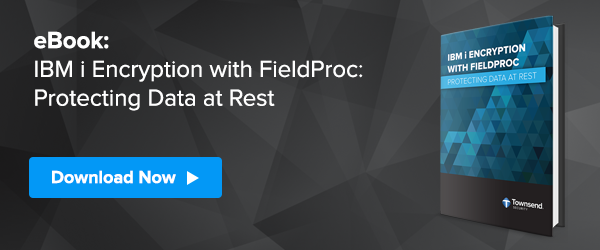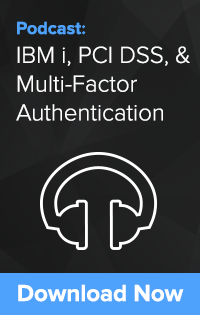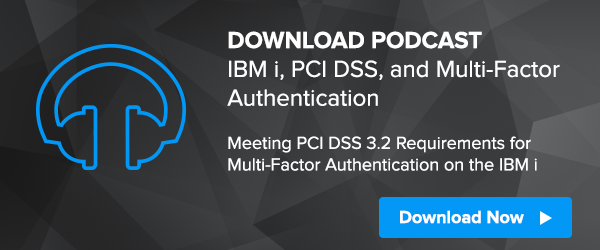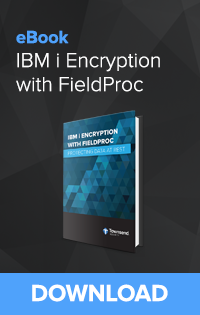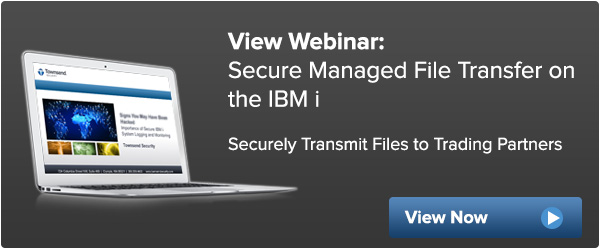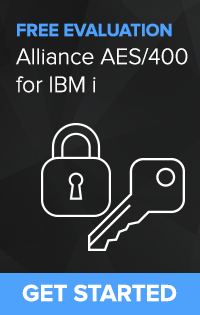New York State has finally had enough. Most people think that their bank has strong encryption in place to protect them from cyber criminals and nation-state actors. But that is too often just not the case. After a number of high profile data breaches at larger financial institutions, and a worrying increase in attacks on banks, the State of New York is about to require that banks implement some stringent security controls to protect Non-Public Information (NPI). The new regulations are not a difficult read and you can find the proposed new regulations here.
Let’s take a look at some of the new requirements.
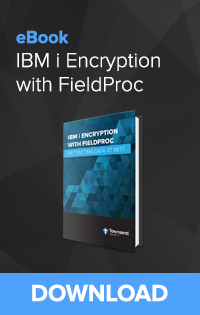 First, banks are required to develop a cyber security program. This means that there must be formal security processes in place, and appropriate management oversight. Banks are required to have systems and processes to identify threats, respond to them, and recover from an attack. The regulation also requires appropriate reporting of security events, something that is not always honored in today’s environment.
First, banks are required to develop a cyber security program. This means that there must be formal security processes in place, and appropriate management oversight. Banks are required to have systems and processes to identify threats, respond to them, and recover from an attack. The regulation also requires appropriate reporting of security events, something that is not always honored in today’s environment.
Next, banks are required to have a Cybersecurity Policy that addresses a number of areas related to information security, incident response, access controls, data privacy and other areas. If you are familiar with the Center for Internet Security Critical Security Controls or the NIST Cybersecurity Framework, these points will be familiar to you. As you might expect, a premium is placed on ongoing adaptive responses to new threats, so these frameworks are not a check-box response to the problem. Banks are being asked to step up to a new level of seriousness around IT security.
You also need a Chief Information Security Officer (CISO) position designated in your organization. And, interestingly, the CISO is required to report to the board of directors of the bank. I find this requirement interesting as it means that boards of directors cannot remain ignorant about the state of the bank’s IT security. And this means that it will have to become a part of the governance process of the board.
The new regulations now get down into the weeds about what you should be doing. Here are some of the areas:
- Vulnerability and Penetration testing
- Collect and archive system logs
- Implement restricted access controls
- Conduct risk assessments at least annually
- Hire cybersecurity professionals and make sure they stay current on new threats
- Require third parties to adhere to the same security rules as the bank
- Use multi-factor authentication for internal and external access to NPI
- Train and monitor all personnel with access to NPI (SIEM, anyone?)
- Encrypt NPI
- Develop and incident response plan
The requirement to deploy encryption is surprisingly strong. It is a mandate unless deploying encryption is unfeasible. Given the wide availability of encryption in all major operating systems and databases, I believe it will be difficult for a CISO to argue against the use of encryption. Clearly the regulators want banks to encrypt sensitive NPI data.
Who does the new rule affect?
The new rule affects any financial institution that is regulated by the New York Department of Financial Services. This will affect all national and global banking organizations as New York is one of the leading centers of global finance. It may also affect regional banks through the extension of the rules to affiliates. Regional and local banks should review their relationships with larger banks to try to understand their requirements under these new laws.
When does the new rules take effect?
The new rules take effect on January 1, 2017. In terms of time, that is very soon! And there is only a 180 day transition period. CISOs can request an extension, but these controls must be in place by January of 2018. That is a very aggressive timeframe!
How is the IBM i (AS/400, iSeries) affected?
Almost all large banks and financial institutions use the IBM i server somewhere in their organizations. The IBM i server is perfect for the back office applications that banks run and which need a very high level of availability. Many of the largest third party banking applications are deployed on IBM i servers.
But banks are going to face a big challenge with IBM i DB2 database encryption. The Non-Public Information that must be protected is often used for indexes in the DB2 database. While IBM DB2 supports column level encryption, it won’t work well RPG programs that use encrypted indexes. Here at Townsend Security we have a fix for this problem! By implementing an OAR-based SQL interface for RPG files we are removing the impediment that banks face with encryption on the IBM i server. You can read more here.
And you can get a quick look at how this helps in this short video:Patrick

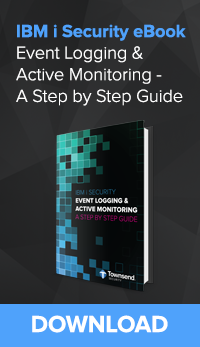
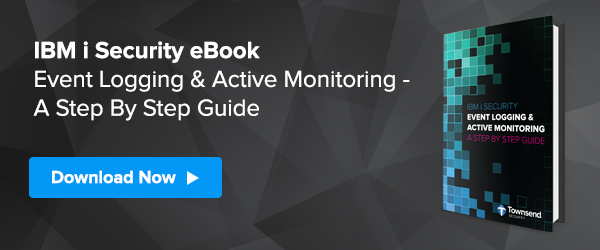
 OpenSSL is one of the most widely used cryptographic applications and libraries. A new group of security vulnerabilities have just been identified for OpenSSL and they need attention right away. IBM i (AS/400, iSeries) customers often feel isolated and protected from the security issues with OpenSSL, but this attitude can lead to trouble. IBM i customers need to monitor for vulnerabilities in OpenSSL and patch their IBM and third-party applications.
OpenSSL is one of the most widely used cryptographic applications and libraries. A new group of security vulnerabilities have just been identified for OpenSSL and they need attention right away. IBM i (AS/400, iSeries) customers often feel isolated and protected from the security issues with OpenSSL, but this attitude can lead to trouble. IBM i customers need to monitor for vulnerabilities in OpenSSL and patch their IBM and third-party applications.